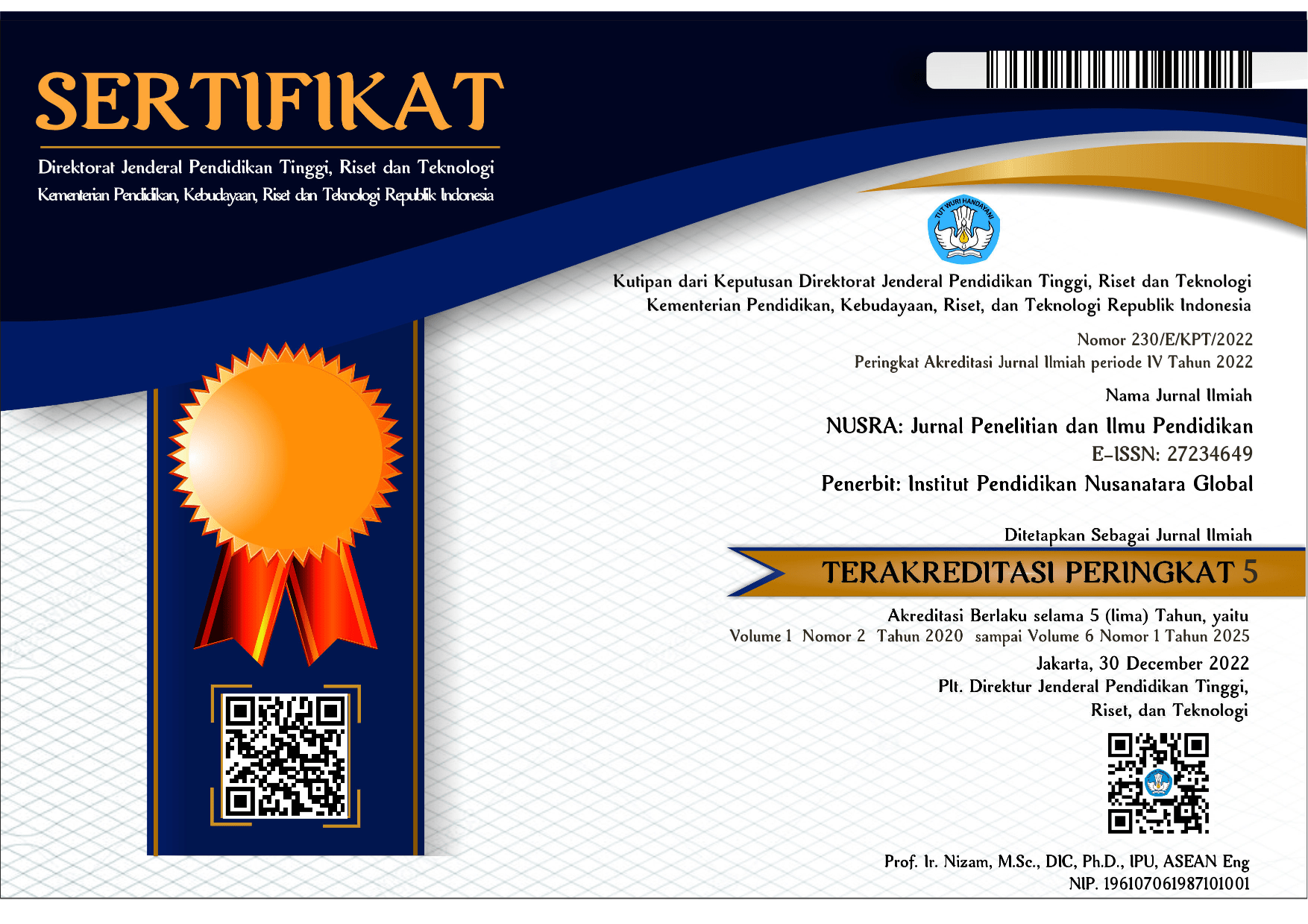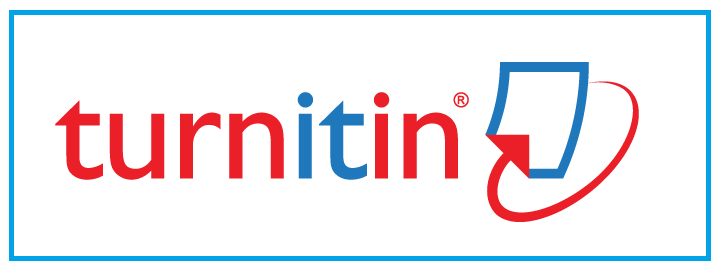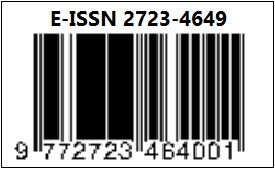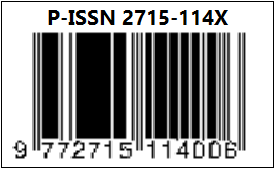 |
| |
 |
 |
 |
 |
 |
 |
 |
 |
 |
 |
Articles sent to the Journal NUSRA (Journal of Research and Education) are the results of research for all levels of education that meet scientific writing standards and are not in the process of being published in the other journals.
WRITING FORMAT
Example of writing bibliography / references
Book: Brown, H.D. 2017. Language Assessment: Principles and Classroom Practices. White Plains: Pearson Education.
Article in scientific journal: Abbas, M. Fadhly Farhy. 2015. Analysis of students' ability in writing a research proposal. ELT-Lectura, Vol. 2 No.2: 44-47.
Minithesis, Thesis, Dissertation: Choo, S. (2016). Investigating Ideology in the Literature curriculum in Singapore. Unpublished master's thesis. Department of English Language and Literature: National University of Singapore.
Online sources: Deane, P., Odendahl, N., Quinlan. T., Flowles, M., Welsh, C., & Tatum, J. B. (2008). Cognitive models of writing: Writing proficiency as a complex integrated skill. Retrieved February 9, 2014, from https://www.ets.org/Media/Research/pdf/RR-08-55.pdf.
Publication without author's name: Curriculum Planning and Development Division. (2017). Literature in English, teaching syllabus. Ministry of Education: Singapore.
Newspaper article: Big drop in students studying O-level literature. (2018, August 16). The Straits Times, p. 3.
LPPM Institut Pendidikan Nusantara Global
Jl. Raya Praya-Mantang KM.07 Aik Mual, Lombok Tengah - NTB 83511
e-mail: jurnal.nusra@gmail.com or nusra@nusantaraglobal.or.id

This work is licensed under a Creative Commons Attribution-ShareAlike 4.0 International License.
